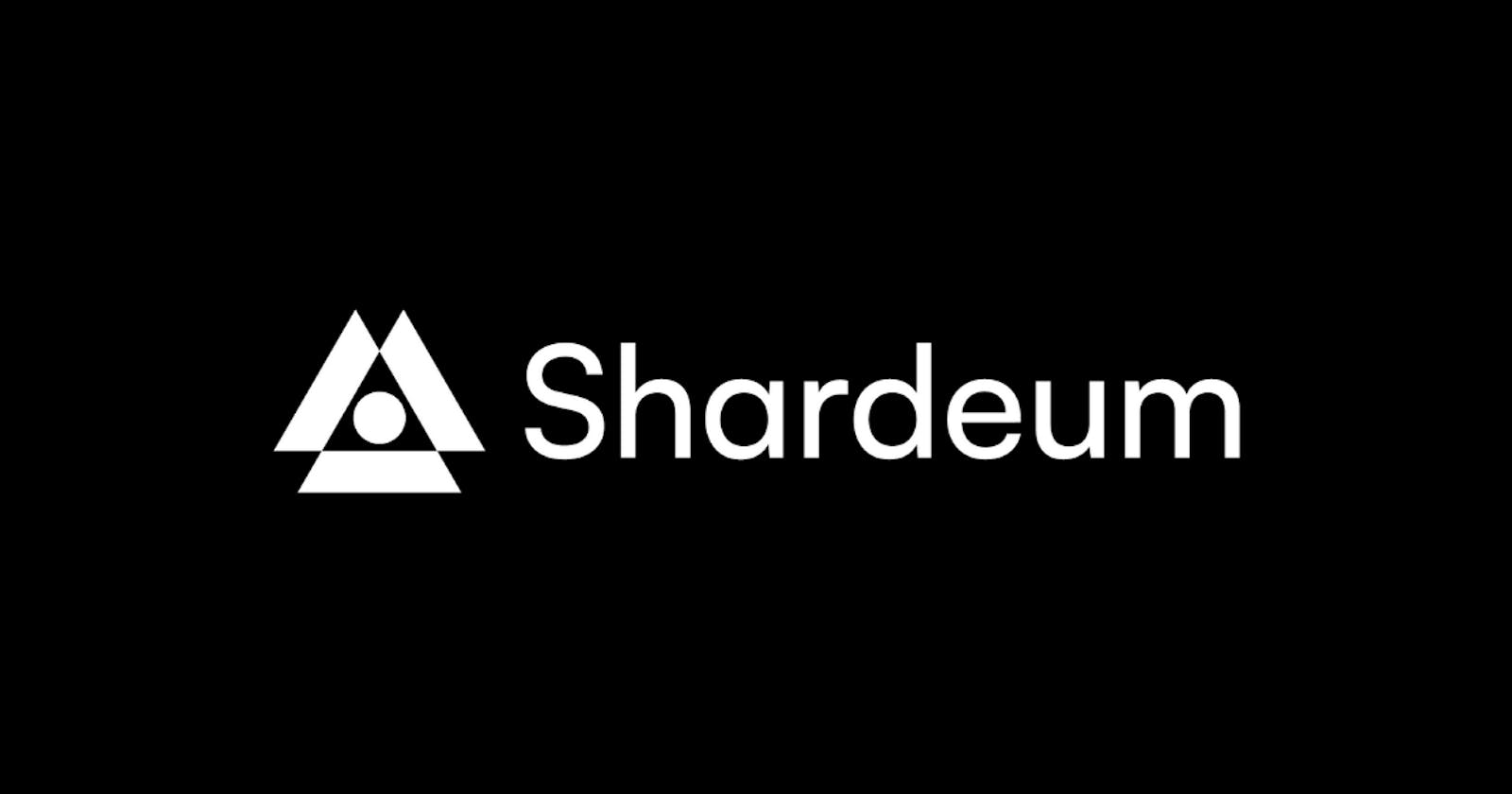Shardeum is an EVM (Ethereum Virtual Machine) Compatible, smart contract platform which is designed to linearly scale while maintaining true decentralization and solid security through the use of dynamic state sharding.
Sharding
sharding divides the nodes in the network into smaller groups which process different sets of transactions and achieve parallel processing, sharding is the solution to the scalability trilemma. The scalability trilemma says that a blockchain tries to achieve scalability, decentralization and security. Sharding Provides a way to achieve both scalability and decentralization while maintaining security.
Features of Shardeum
Shardeum | ||
EVM Compatible | Yes | |
SC language | Solidity, Vyper | |
Explorer | EtherScan Like | |
Tx in fees | Low | |
Txs per second | 1 per node(100k TPS 100k nodes) | |
Nodes by Shard | 128 | |
Latency | 10 sec always | |
Consensus | PoQ + PoS | |
Consensus Level | Transaction | |
Current Shard | NA | |
Sharding type | Dynamic | |
Scaling type | Linear TPS per node | |
Archive Nodes | Yes |
Shardeum does consensus on each transaction separately. This allows a transaction that affects multiple shards to be processed simultaneously by these shards rather than consecutively as with block-level consensus. This not only reduces the time to process the transaction even if it affects multiple shards but also ensures atomic processing. Another unique feature of shardeum is that it uses dynamic state sharding, each node added to the shardeum network immediately helps to increase the TPS(Transaction per second). Only when another shard is created does the network TPS increased stepwise way with static sharding. Like Ethereum, Shardeum will be able to use layer two to elevate TPS further. The shard size was kept small to allow for more shards and better demonstrate linear scaling.
There are currently three well-known smart contract platforms that are working on state sharding: Near, Elrond, Harmony.
Even though some of these networks have launched their mainnet they are still in development and have much work to be done.
Near: 1 shard with 100 nodes in mainnet, Expecting to add more shards in Future.
Harmony: 4 shards with 250 nodes each for 1000 nodes total in mainnet. All contracts are in one shard.
Elrond: 3 shards and meta-chain with 800 nodes in each for 3200 nodes total in mainnet.
Shardeum: 10 shards minimum with 128 nodes in each for 1280 nodes total; Expected.
Shardeum will be EVM compatible and will support smart contract development in Solidity and Vyper. Providing developers with the same EVM-compatible platform makes shardeum instantly available to them without any modification to code and contract. Shardeum plans to use an explorer that has the same interface as Etherscan. Shardeum believes that we focus on improving layer one scalability and decentralization and not try to innovate on smart contracting language, the virtual machine, the explorer and other user and developer-facing components of the platform. This will be key in gaining developers and user adoption of Shardeum. One important feature unique to shardeum is the use of archive nodes to offload historical transaction data from the validator node.
Guiding Principles
Shardeum does not view anyone as a competitor because the goal is to enable the global adoption of decentralized applications. And that means collaborating with the ecosystem. The project will look for ways to help every individual or group building on adoption. Shardeum's core belief is that community is supreme and to involve the community in key decisions.
Shardeum Coin
Max Supply : 508 million
51% Community - a reward to nodes; validators, archive and stand-by servers
18% Sale - 3 months cliff then 2 years linear vesting
15% Team - 3 months cliff then 2 years linear vesting
11% Foundation - unlocked at Token Generation Event(TGE)
5% Ecosystem - unlocked at TGE(Token Generation Event)
Future Directions
The Initial focus for shardeum is to build the most optimal layer one solution with sustainable low gas fees while providing the same developer and user interface as Ethereum. After launch of the main net the goal of the shardeum will grow the ecosystem as quickly as possible.
